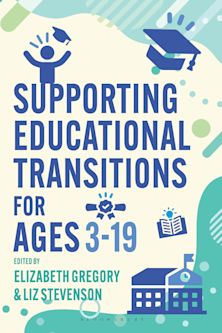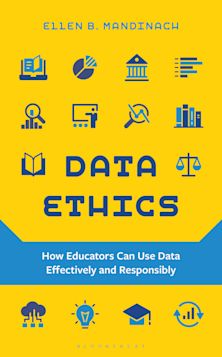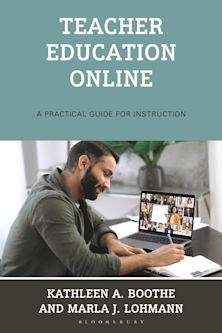- Home
- ACADEMIC
- Education
- Teacher Education
- Naturalizing Digital Immigrants
Naturalizing Digital Immigrants
The Power of Collegial Coaching for Technology Integration
Naturalizing Digital Immigrants
The Power of Collegial Coaching for Technology Integration
This product is usually dispatched within 1 week
- Delivery and returns info
-
Free US delivery on orders $35 or over
You must sign in to add this item to your wishlist. Please sign in or create an account
Description
Effective educational leadership entails continuously seeking and implementing innovative professional development opportunities for teachers and support staff. In today’s age of rapid technology expansion within educational settings, professional development targeting technology integration remains an area of tremendous need. This guidebook details the process of collegial coaching for technology integration within educational environments and is intended for use within a variety of settings, from primary classrooms through high schools to graduate educational leadership and instructional technology courses and beyond.
Table of Contents
Acknowledgements
Introduction
Chapter 1: Bridging the Great Divide
Chapter 2: Investigating Coaching Programs within Educational Settings
Chapter 3: Assessing the Need for Coaching
Chapter 4: Applying the Basics of Coaching
Chapter 5: Developing Quality Coaches
Chapter 6: Beginning on the Right Foot
Chapter 7: Acquiring Faculty Buy-In
Chapter 8: Conclusion
Product details
| Published | Mar 20 2015 |
|---|---|
| Format | Hardback |
| Edition | 1st |
| Extent | 110 |
| ISBN | 9781475812800 |
| Imprint | Rowman & Littlefield Publishers |
| Dimensions | 9 x 6 inches |
| Publisher | Bloomsbury Publishing |
About the contributors
Reviews
-
This book provides a practical, flexible roadmap for school leaders who would like to help teachers begin to successfully use technology to increase student learning – or increase the effectiveness of their current technology integrations. Based on a sound philosophical and empirical foundation, the authors describe a practical process that is likely to work much better than traditional in-service. They provide sufficient detail so that someone could actually implement their suggestions.
Linda Brupbacher, professor emerita, taught for 44 years at both the elementary and university level, 2008 Texas Piper Professor
-
What I liked most about this book is the pairing of collegial coaching and technology. Although I have heard about some of the ‘best practices’ and processes in which instructional technologists engage as well as actively sought them out myself (however poorly), I have seldom seen a guidebook or a roadmap to success that fundamentally addresses the issues so well.
Miguel Guhlin, author and director of technology operations, Texas, recipient of the ISTE "Making IT Happen" Award, president of Technology Education Coordinators
-
[This book] helped me refocus on what the essential goal of technology integration is. I completely agree with [the book’s assertion] that coaches need to be able to personalize their work. Their strategies for helping peers integrate technology are going to vary from colleague to colleague based on their peers’ needs. And I think [the book is] right on the target when [it] talk[s] about focusing on student learning as the key to effective tech integration.
Dr. Les Foltos, author of "Peer Coaching: Unlocking the Power of Collaboration; architect of the Peer Coaching Program"; previous director of Instructional Technology for Seattle public schools


































